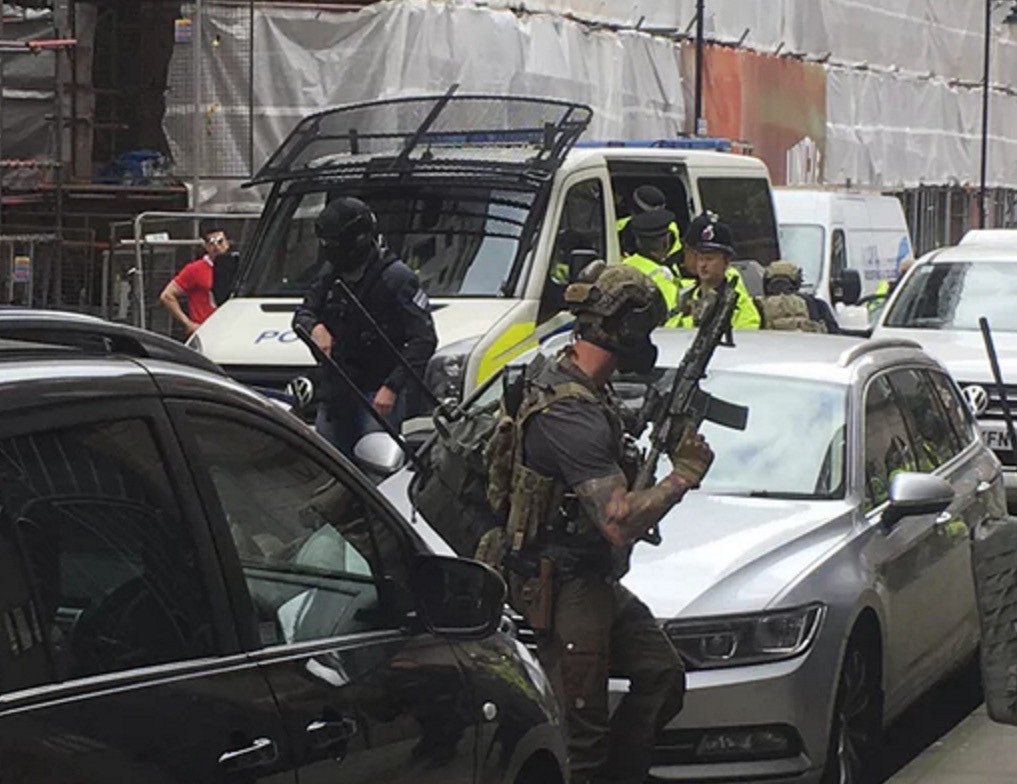As the battle for the ‘Run-Hide-Tell’ method rages on, one has tried to stay objective concerning the reasoning behind the government led initiative or as I like to call it the ‘die on your knee jerk reaction’ method. When you learned to cross the road did you blindly run out and hope for the best or were you taught to, assess for danger and then make an educated decision as whether or not to cross?
This perspective comes from my role as a tactical medic, inclusive of but not limited to multiple deployments with the military as a combat medic and over six years of deployment within the private security sector. I am sure that we can all meet somewhere amidst the common ground covered in the middle. My personal priority will always be damage control and the best practice to lessen casualty numbers where possible during and after the attack, numbers within the predicted yield or numbers calculated through the ripple effect.
‘They only have to get lucky once, we have to get lucky every time’ Former Head of MI6
Once a cell or individual has slipped through the Security Services net, which is not easy and doesn’t happen often. The target area will have already been chosen, the plan will be set in some cases years before, (Manchester) weapons of choice are cached, timings confirmed, watches synchronised and yield expected/hoped for from attack method calculated. Weapon or weapons of choice may include vehicles, knives, assault rifles, grenades or suicide vests, all genius on mainland Europe but not a new tactic from our enemies. After much discussion we can commonly place the attacks that we have seen so far as fluid and moving with no specific fixed killing area, they are mobile and opportunistic from the initial engagement, this alone is argument enough against running as an initial option. An enthusiastic terrorist will adapt which in turn may develop into a complex attack, housing potential for secondary or follow up devices or attacks. The reaction of the security force at this point or first responders, potentially unarmed will generally decide how far these attacks go. Armed unit response times are exceptional in the city of London but would never be the same in the vulnerable cities around the UK. To instil the practice of running with no purpose or thought will create the panic, chaos, and confusion needed to prolong the success of any attack.
How should you the public or people in general react to an attack, be it kinetic through rifle fire or through other means? I have no generic lists or fancy celebrity endorsed eye-catching posters with an easy to follow flowchart, just the mind-set of a soldier along with lessons learned from multiple years at war. These lessons will encourage you to take control of your own personal response in an empowering fashion. I call it the ‘Common Sense’ approach.


